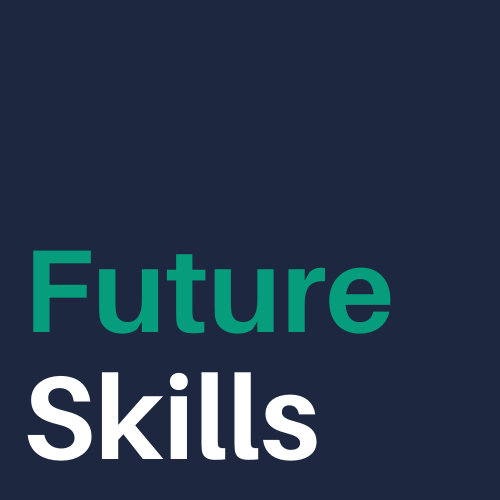A good example is today’s workplace, where hundreds of new AI technologies are already influencing hiring processes, often without proper testing or notice to candidates. New AI recruitment companies offer to analyze video interviews of job candidates so that employers can “compare” an applicant’s facial movements, vocabulary and body language with the expressions of their best employees. But with this technology comes the risk of invisibly embedding bias into the hiring system by choosing new hires simply because they mirror the old ones.
Beyond bias we should be asking serious questions about the data that these algorithms are based on: what data are they using to determine the connection between facial movements, vocabulary, and body language as predictors of job performance?
More from the article above:
“New systems are also being advertised that use AI to analyze young job applicants’ social media for signs of “excessive drinking” that could affect workplace performance. This is completely unscientific correlation thinking, which stigmatizes particular types of self-expression without any evidence that it detects real problems. Even worse, it normalizes the surveillance of job applicants without their knowledge before they get in the door.
